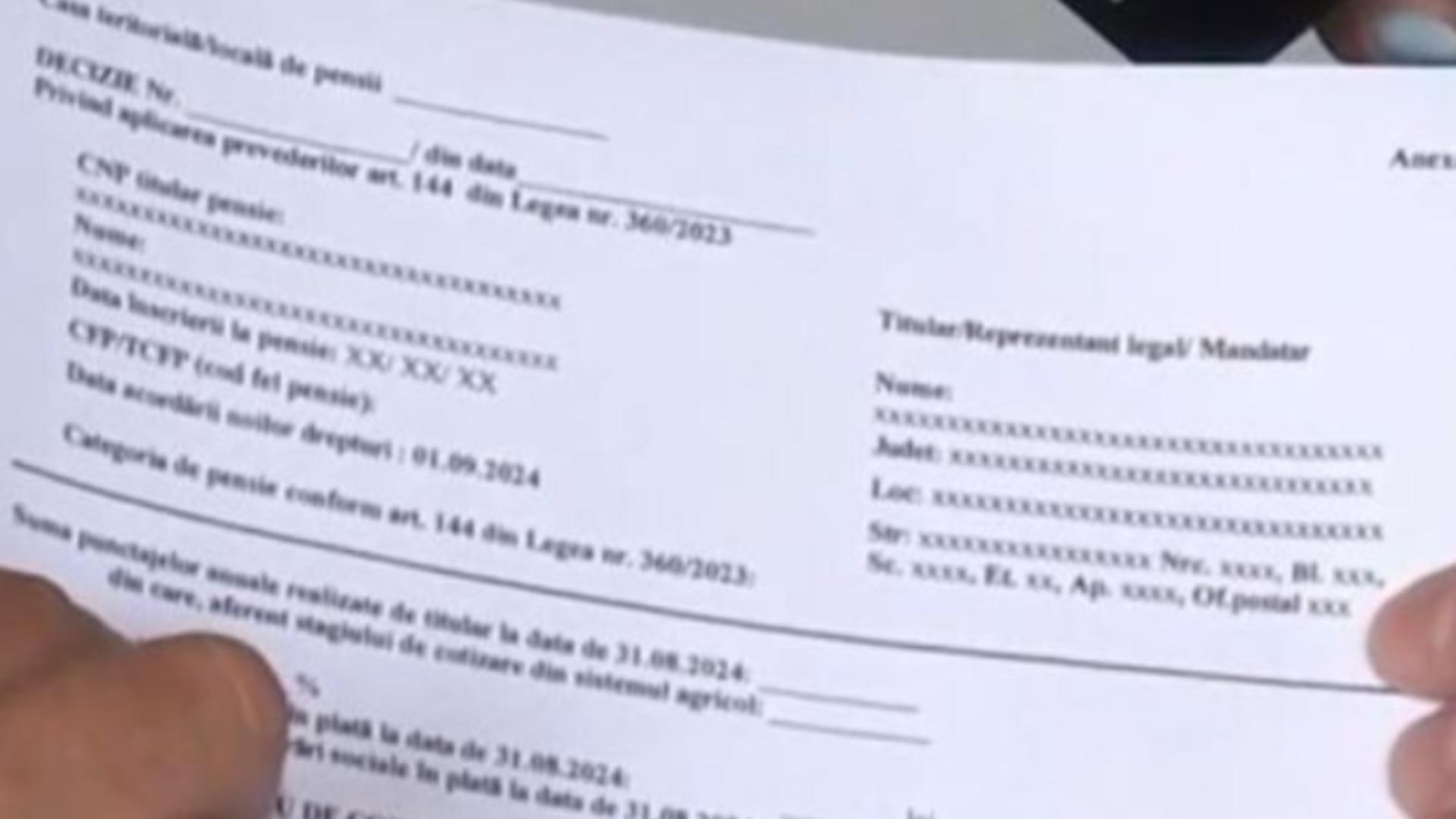President Klaus Iohannis promulgated on November 29 the new Pension Law, which will set the public pension system on new grounds after every individual pension will be recalculated as of September 2024 with the result of an average 40% increase on top of the 13.8% annual adjustment in January.
Despite the high impact on the public budget in 2024 (RON 30 billion) and 2025 (RON 55 billion, 3% of GDP), the new law hides other vulnerabilities as well, Cursdeguvernare.ro argues, concluding that it is “built to be manipulated electorally in the future as well.”
The biggest issue identified is the change in the calculation formula that takes into account only 25 years of contributions, compared to 35 previously.
When calculating the total number of points, so-called “stability points” will be added on top of the points calculated based on past contributions during the first 25 years for each year achieved over the 25-year contribution period, the project also provides.
Another issue identified by Cursdeguvernare.ro is that it indicates that future executives will take steps to address the negative impact of the public pension system. This means tax hikes, the publication argues – which is pretty intuitive but not necessarily an issue if the steps are taken proactively.
The rating agencies also cautiously received the new Pension Law, nevertheless admitting a positive impact in the long term.
Pension reform in Romania raises medium-term fiscal risks, a credit negative, but reduces long-term cost pressures, according to a research note published by Moody’s. The recalculation of pensions will cost around 0.6% of GDP in 2024 and 1.7% of GDP in 2025, with savings mainly accruing in the 2030s and beyond, the rating agency estimates.
(Photo source: Designer491/Dreamstime.com)

 acum 11 luni
53
acum 11 luni
53























 English (US) ·
English (US) ·  Romanian (RO) ·
Romanian (RO) ·